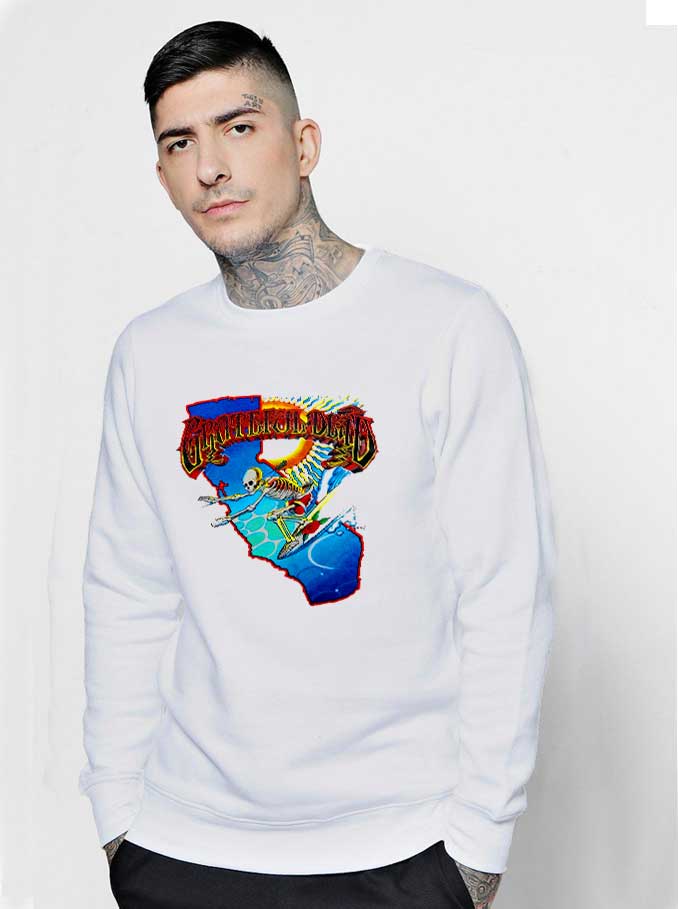The reef is usually made from coral, and due to this, many injuries occur while surfing reef breaks. However, the waves which might be produced by reef breaks are some of the finest in the world. Famous reef breaks are current in Padang Padang (Indonesia), Pipeline grateful dead surfing skeleton shirt (Hawaii), Uluwatu (Bali), and Teahupo'o (Tahiti). When surfing a reef break, the depth of the water must be thought of as surfboards have fins on the bottom of the board. Different onshore and off-shore wind patterns in the surf zone create several types of waves.
The impact of a Type 1 jetty is sediment accumulation in a wedge formation on the jetty. These waves are large and improve in size as they cross over the sediment wedge formation. An example of a Type 1 jetty is Mission Beach, San Diego, California.
Barrel waves are giant as a result of the water depth is small when the wave breaks. Thus, the breaker intensity (or drive) increases, and the wave speed and peak improve. Off-shore winds produce non-surfable circumstances by flattening a weak swell. Weak swell is made from surface gravity forces and has long wavelengths.

The waves converge constructively after they refract and improve the sizes of the waves. A ledge break is formed by steep rocks ledges that makes intense waves as a result of the waves travel through deeper water then abruptly reach shallower water on the ledge. Ledge breaks create tough surfing circumstances, sometimes solely allowing body surfing as the only possible approach to confront the waves. A reef break is conducive to surfing as a result of large waves constantly break over the reef.
This one thousand-meter jetty was put in in 1950 at the mouth of Mission Bay. The surf waves happen north of the jetty, are longer waves, and are highly effective. The bathymetry of the sea backside in Mission Bay has a wedge shape formation that causes the waves to refract as they turn into nearer to the jetty.
Onshore winds cause random wave breaking patterns and are extra appropriate for knowledgeable surfers. Light offshore winds create smoother waves, whereas sturdy direct offshore winds trigger plunging or large barrel waves.